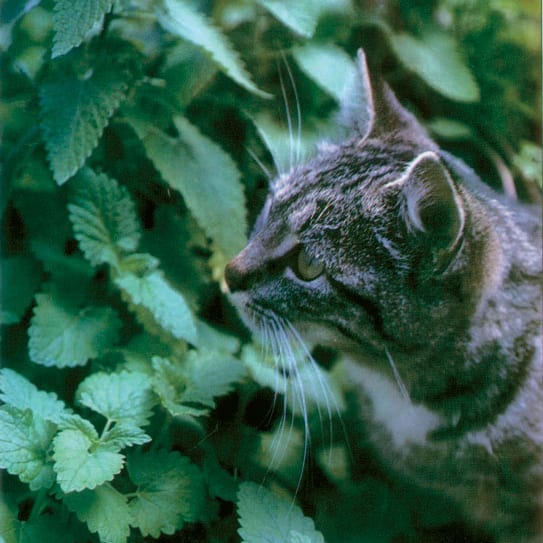| Maturity (days) | Perennial |
|---|---|
| Plant height (cm) | 90-100 |
| Spreading (cm) | 50-60 |
| Formulation | Untreated |
Catnip
Catnip
4.79$
In stock
Catnip has been added to cart
Buy 3 and get a 10% discount
The leaves are used for teas and for seasoning. Cats adore it, garden pests hate it! A great companion plant for many vegetables. Cut down it makes excellent pest-deterrent mulch.
Cultivation mode
Plantation : Indoor: Seeds can be sown indoors and year around. Sow 2 to 3 seeds on the surface of a pot filled with potting soil. Then just water: you don’t even need to bury them! The optimum temperature for germination is 15–20 °C and the germination time is about 7–10 days. Install the pot in heat and light.Outdoor: transplant the young plants to the garden when there is no more risk of frost.
Soil : Indoor: A well-drained, porous seedling soil is ideal for preventing overwatering.Outdoor: The soil in your garden should be well drained and, preferably, poor, stony or sandy. It develops favourably when the soil is fairly dry. Only heavy and wet soils are not suitable for it. Catnip is more fragrant when planted in sandy soil.
Spacing : in the garden, space each foot 45 to 50 cm.
Cultural practices : place catnip on the windowsill or Outdoor. Indoor: show catnip to our cat only when it is well developed. For consumption, renew the sowing every week to have fresh herbs available at all times. Because once the cat begins to eat the shoots, catnip does not grow back. Keep the seedlings out of the cats bearing until it reaches the desired height.Outdoor: The exposure must be sunny. Water it regularly during the first year after planting. After the first flowering, fold back the clump to 8 inches in height to encourage the appearance of new flowers. Dry stems can be cut back in late fall or left in place to protect the roots during winter in cool areas. In the latter case, clean the plant in the spring. There is a little maintenance to be expected. Catnip is very hardy and tolerates winter temperatures of around -30 °C. The plants are divided in the spring.
Harvest : dry the leaves so that your cat can enjoy them during the winter.
| Latin name |
Nepeta cataria |
|---|---|
| Companion plants |
broccoli, Brussels sprout, cabbage, cauliflower, pea, pumpkin, radish, squash, tomato, turnip |
| Rival plants |
carrot, chamomile, corn, cucumber, pickling cucumber, |

